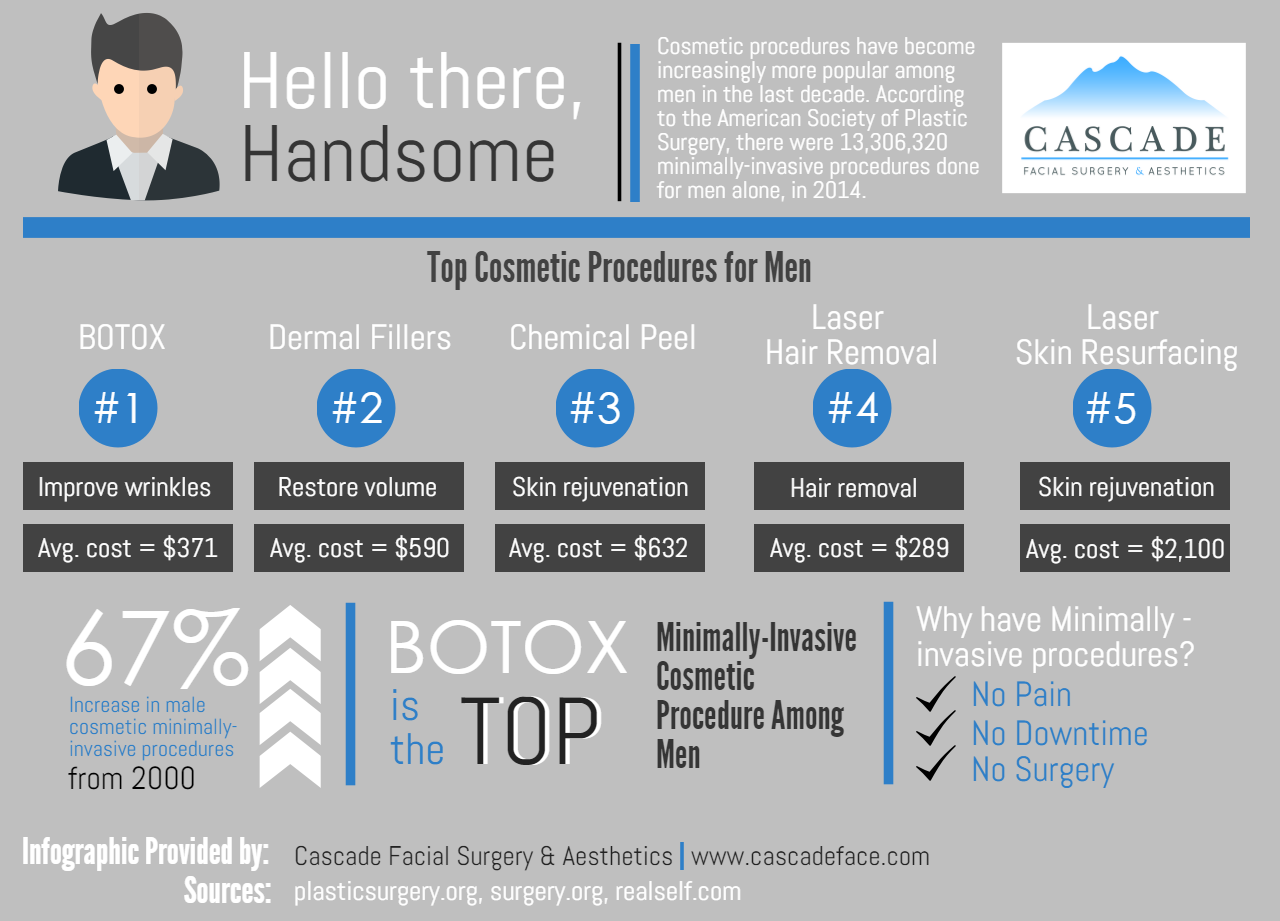Finding Online Communities For Acne Support
Finding Online Communities For Acne Support
Blog Article
Just How Does Photodynamic Treatment (PDT) Work?
Photodynamic treatment (PDT) integrates a light-sensitive medication with special light to eliminate cancerous and precancerous cells. Your medical professional puts the medicine on your skin or inside your eye and after that beams a light on the treatment location.
This mix kills cancerous cells and spares healthy and balanced cells. Yale Medication pulmonologist George Eapen, M.D., discusses how this works.
The Photosensitizer
Photodynamic treatment (PDT) utilizes a combination of light and a medicine called a photosensitizer to kill malignant or precancerous cells and extra healthy tissue. You get a shot of the photosensitizer, which is after that triggered by light in your body. The photosensitizer is absorbed by both healthy and malignant cells however isn't harmful until it is activated by the light.
Light-absorbing particles, referred to as photosensitizers, are found in plants and animals, consisting of people. There are many photosensitizers, but the majority of have the ability to soak up a certain variety of light wavelengths.
As soon as the photosensitizer is revealed to a light with a matching spectral array, it's transformed from its ground state into a fired up singlet state. This allows it to transfer energy to molecular oxygen, creating singlet oxygen and complimentary radicals that mediate mobile poisoning.
The Light
During treatment, an unique light is radiated on the area where the photosensitizer was used. This light triggers the drug and damages cancer cells or precancerous cells that it has targeted.
The medicines that are made use of in photodynamic therapy have various absorption homes and some of them might take hours to leave typical cells but continue to be longer in cancer cells or precancer cells. This process allows the medical professional to target cancer cells much more precisely than various other kinds of therapies that utilize visible light, such as lasers or electrocautery [54]
Photodynamic treatment can treat the earliest places of sun damages referred to as actinic keratosis and can decrease skin cancer cells development in individuals at high danger for developing the problem. It is also an alternative for some clients with wet kind age-related macular degeneration, which is an usual root cause of loss of central vision in older grownups. It can not restore the loss of vision triggered by this illness, yet it can decrease the development of irregular blood vessel development that causes damp AMD.
The Activation
Photodynamic therapy (PDT) utilizes a medication and light to deal with cancer and various other skin conditions. It targets precancerous cells and eliminates them. Unlike other cancer cells treatments that shed and damage, this treatment eliminates precancerous cells while sparing healthy and balanced tissue.
The photosensitizer is supplied into the skin via topical, oral or intravenous management. It is absorbed by the growth cells and activated when subjected to light of a specific wavelength. This activates a series of photochemical reactions that produces reactive oxygen types (ROS) that damages tumor cells and eliminate cancer cells.
PDT is usually used to treat actinic keratoses and sitting squamous cell carcinoma (Bowen condition). It can also be utilized to deal with other sorts of skin cancer, consisting of superficial basal cell cancer. It can be utilized alone or with various other treatments, such as surgical procedure botox cosmetic or radiation. It can even diminish lumps in the lungs, allowing surgical treatment or various other treatment to be risk-free and reliable.
The Treatment
PDT functions best in little uncommon areas of cells that a light source can reach, such as the skin, eyes, mouth or food pipeline (oesophagus) and lungs. It is likewise made use of to deal with precancerous growths, such as actinic keratoses, which are sun-damaged cells that can become cancer.
Physicians carry out the photosensitizer as a cream or injection, and afterwards shine a light on the treatment location. The light damages the abnormal cells. While healthy cells soak up the photosensitizer, it remains longer in cancerous cells.
After the treatment, your body normally gets rid of the dead cells. Patients with lung cancer cells may experience spending blood or have a bronchoscopy to get rid of the lungs of the dead tissue. Sometimes, your medical professionals may utilize a bronchoscopy to eliminate the photosensitizer from the lungs too if it causes major signs. It is necessary to stay inside your home and utilize sun block when you go outside while the photosensitizer is in your system.